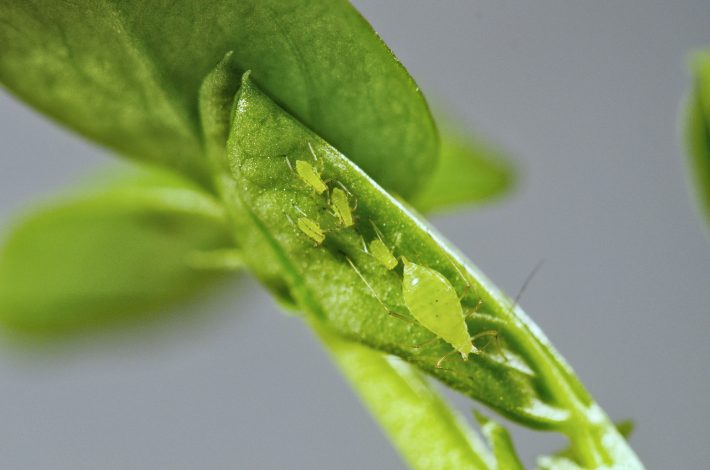Special Feature on animal host–microbe interactions

With the recent advent of modern molecular approaches, including next-generation sequencing, it has become possible to characterise the rich resident and transitory microbial communities living within animal hosts. The explosion of this field over the last decade is starting to facilitate a greater understanding of the functional role and consequences of variation in animal host microbiota, and the ecological and evolutionary interactions between the host, its resident microbiota and factors such as disease susceptibility, nutritional ecology, life-history strategies, social networks and animal behaviour.
The understanding of host–microbe interactions also has applied relevance for a range of fields, including crop pest control, wildlife conservation and animal, and even human, health.
Journal of Animal Ecology published a Special Feature with 18 research articles investigating the ecology of host–microbe interactions. All papers are now freely available to read.
We have also published two blog posts highlighting a newly discovered link between physical contact and gut bacteria in red-bellied lemurs, and how infections may impact animal migrations.
Like what we stand for?
Support our mission and help develop the next generation of ecologists by donating to the British Ecological Society.